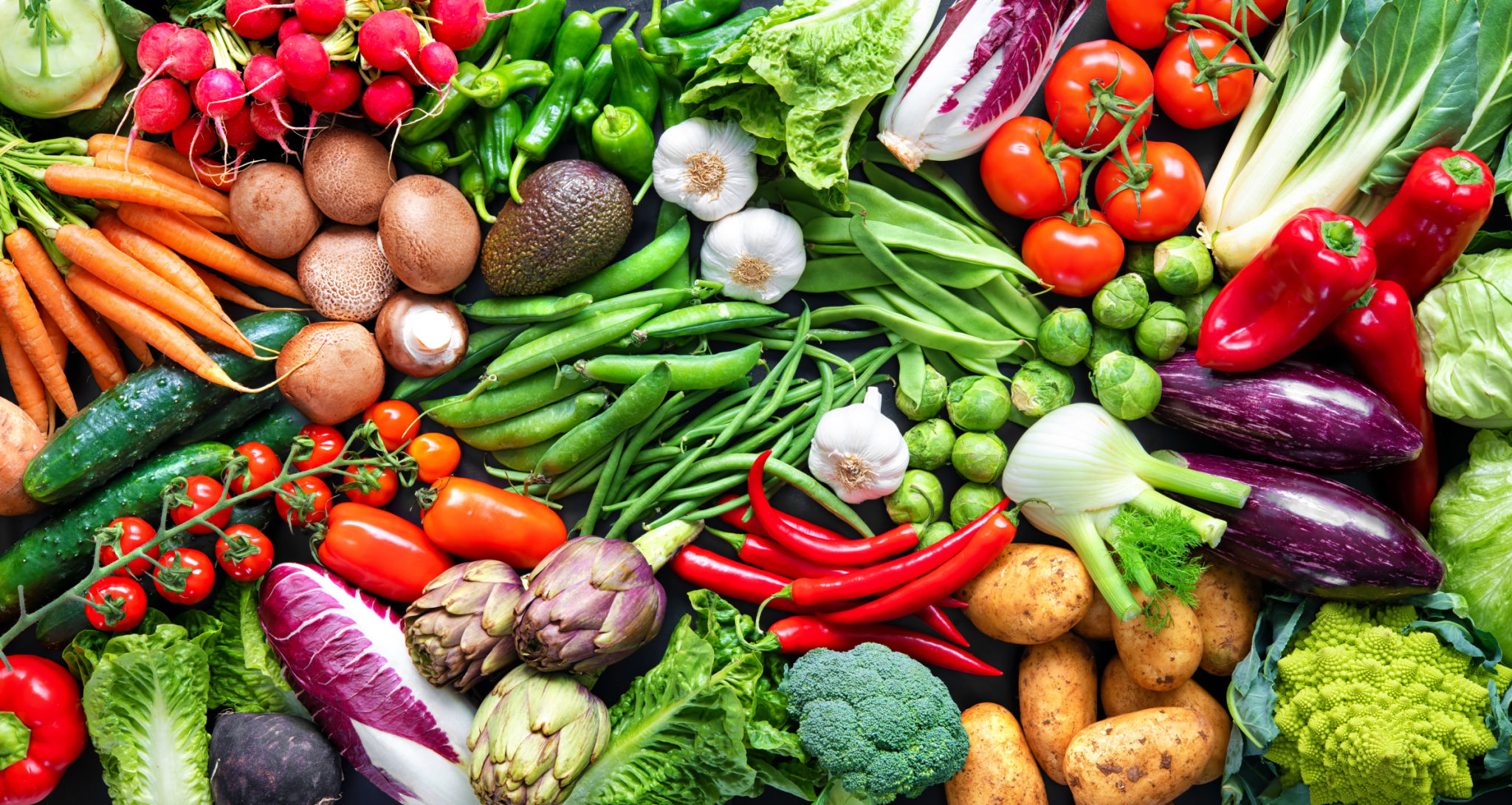Comparing Fresh vs. Frozen Produce: What Works Best for Exports?
Introduction to Fresh vs. Frozen Produce
When it comes to exporting produce, businesses often face the decision of choosing between fresh and frozen options. Each has its own set of advantages and challenges, and the choice largely depends on various factors, including market demand, transportation logistics, and shelf life. Understanding these differences is crucial for making informed decisions that can impact profitability and customer satisfaction.

Advantages of Fresh Produce
Fresh produce is often seen as more appealing because of its natural taste and texture. Consumers generally perceive fresh fruits and vegetables as healthier, which can drive higher demand in certain markets. Additionally, fresh produce doesn't require the freezing process, which can help reduce some initial costs associated with export preparation.
However, fresh produce has limitations. It is highly perishable, meaning it must reach the market quickly to maintain quality. This urgency requires a well-coordinated logistics network and efficient supply chain management, which can be challenging and costly.
Challenges in Exporting Fresh Produce
The primary challenge in exporting fresh produce is its short shelf life. The time from harvest to consumer is limited, often necessitating air freight, which can significantly increase transportation costs. Moreover, strict regulations and quality standards in different countries can pose additional hurdles.

Benefits of Frozen Produce
Frozen produce offers a distinct set of advantages for exporters. The freezing process locks in nutrients, allowing fruits and vegetables to retain their nutritional value for extended periods. This longevity makes frozen produce an attractive option for long-distance shipping and markets with less frequent delivery schedules.
Another key benefit is the reduced spoilage risk. Frozen goods can be stored for months, providing flexibility in supply chain planning and reducing the pressure of immediate sales. This advantage can be particularly beneficial in markets with fluctuating demand or during off-seasons.
Considerations for Frozen Produce
While freezing extends shelf life, it requires additional infrastructure, such as freezing facilities and refrigerated transport. These can increase initial investment costs. Additionally, not all produce freezes well; some may lose texture or flavor, which could affect marketability.

Market Preferences and Trends
Consumer preferences can vary widely between regions. Some markets may prefer the freshness and immediacy of fresh produce, while others value the convenience and longevity of frozen goods. It's important for exporters to research and understand these preferences to tailor their offerings accordingly.
In recent years, there has been a growing trend towards sustainability and reducing food waste, which can influence consumer choices. Frozen produce can align well with these values by minimizing waste through longer shelf life.
Making the Right Choice
Ultimately, the decision between fresh and frozen produce for export depends on balancing the benefits and challenges of each option. Exporters should consider factors such as target market preferences, transportation logistics, shelf life requirements, and cost implications. By carefully analyzing these elements, businesses can make strategic decisions that enhance their competitive edge in the global market.

